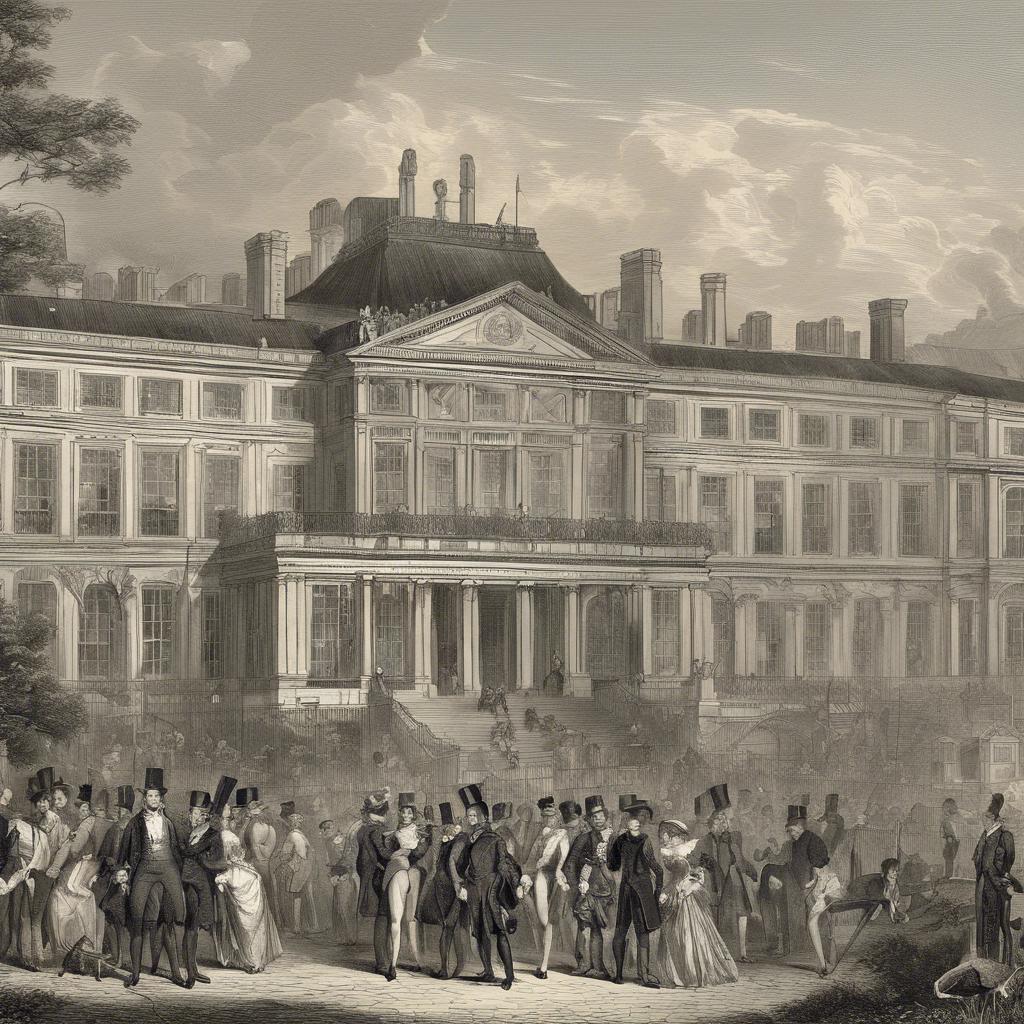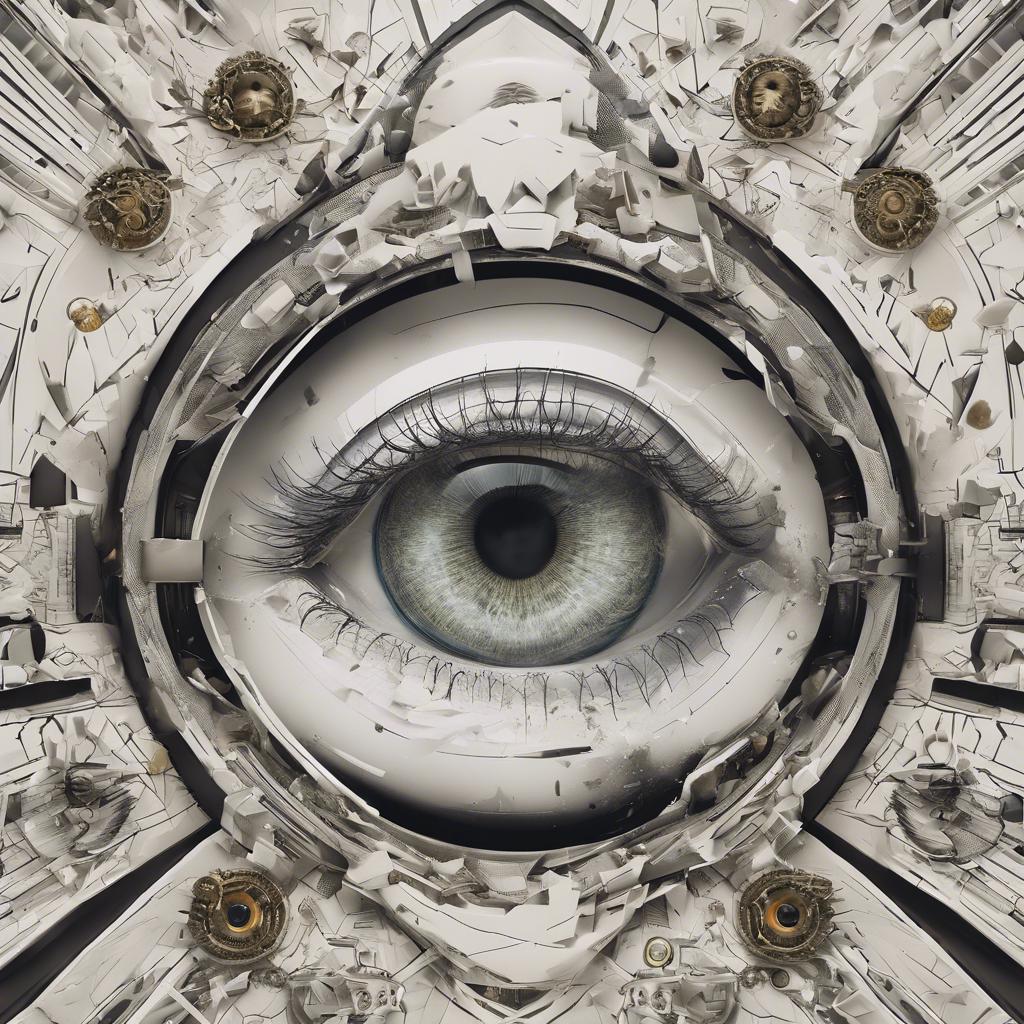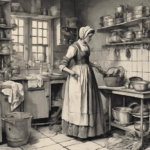In the annals of British history, the Regency era stands out as a pivotal period defined by unprecedented social, cultural, and political shifts. Emerging in the early 19th century, following the madness of King George III, the Regency saw the rise of his son, the Prince Regent, who would later become King George IV. But what exactly does the term “Regency” entail? In this article, we will delve into the defining characteristics and significance of the Regency era, regency era alcohol”>shedding light on its impact on British society and beyond.
Step Into the World of Cheryl Bolen
Dive into the enchanting stories of love, intrigue, and elegance set in the Regency Era. Cheryl Bolen's novels offer timeless romance and captivating tales that will leave you wanting more.
Explore Cheryl Bolen's Books Now
Understanding the Regency Era: A Brief Overview
The Regency Era, spanning from 1811 to 1820, was a fascinating period in British history marked by the rule of King George IV as Prince Regent due to the perceived madness of his father, King George III. This time was characterized by a unique blend of fashion, literature, and societal norms that set it apart from the preceding Georgian era.
During the Regency Era, British society saw a shift in cultural values and trends. The rise of Romanticism in literature and art brought about a renewed focus on emotions, individualism, and nature. This period also witnessed the burgeoning Industrial Revolution, which transformed the economic landscape of Britain and led to rapid urbanization.
While the Regency Era is often romanticized in popular culture as a time of extravagant balls and dashing heroes, it was also a time of social unrest and political upheaval. The Napoleonic Wars raged on during the early years of the Regency, shaping both domestic and international affairs. Despite the glamour and elegance often associated with this era, it was a time of significant change and transition for British society.
Key Characteristics of Regency Style in History
The Regency style in history is characterized by its elegance, refinement, and sophistication. This period, which lasted from 1811 to 1820, was marked by a focus on classical design elements, clean lines, and a sense of lightness and airiness in architecture and interior décor.
Key characteristics of Regency style include:
- Elongated proportions and symmetrical designs
- Use of classical motifs such as columns, pilasters, and pediments
- Light color palettes with pops of bold colors in textiles and accents
- Incorporation of fine materials like mahogany, rosewood, and marble
Regency furniture often featured delicate and graceful forms, with influences from ancient Greek and Roman designs. Tables, chairs, and cabinets were typically slender and tapering, with decorative details such as inlay work, brass accents, and gilded finishes adding a touch of luxury.
Navigating Regency Fashion and Etiquette: Dos and Donts
In the Regency era, fashion and etiquette played a vital role in society. It was a time of elegance, refinement, and strict social norms. To navigate this world successfully, one must understand the dos and don’ts of Regency fashion and etiquette.
Dos:
- Dress modestly in empire waist dresses for women and tailcoats for men.
- Wear gloves and a hat when going out in public.
- Follow proper table manners, such as using utensils correctly and not speaking with food in your mouth.
Don’ts:
- Don’t show too much skin or wear overly revealing clothing.
- Avoid loud and boisterous behavior in public.
- Refrain from interrupting or speaking over others in conversation.
When attending a Regency ball, it is essential to adhere to the strict etiquette rules of the time. This includes following proper dance protocols, such as bowing or curtsying to your partner and waiting for the invitation to dance before taking the floor. Remember to maintain an air of grace and dignity throughout the evening to make a lasting impression on your peers.
Exploring the Legacy of Regency Literature and Culture
In the realm of literature and culture, the Regency era holds a significant place in history, characterized by its distinct style and traditions. The Regency period refers to the time in British history when King George III was deemed unfit to rule and his son, the Prince of Wales, served as regent from 1811 to 1820. This period saw a flourishing of arts, literature, and fashion, leaving behind a rich legacy that continues to captivate audiences today.
One of the defining features of Regency literature is its emphasis on wit, satire, and social commentary. Authors such as Jane Austen and Lord Byron crafted works that reflected the societal norms and values of the time, while also critiquing its flaws. Regency literature often explored themes of love, marriage, class, and morality, providing readers with a window into the complexities of 19th-century British society.
In addition to literature, Regency culture was marked by its elegant fashion, manners, and social rituals. The Regency period saw the rise of the dandy, a fashionable and refined gentleman who paid meticulous attention to his appearance and demeanor. Women’s fashion also underwent significant changes during this time, with high-waisted silhouettes, Empire-style dresses, and intricate accessories becoming the epitome of Regency style and elegance. The legacy of Regency culture can still be seen in modern adaptations and interpretations, bringing a touch of nostalgia and refinement to contemporary audiences.
In Retrospect
the Regency era marked a significant period in British history, characterized by political upheaval, cultural change, and societal transformation. Defined by the regency of the Prince of Wales, its impact on art, literature, fashion, and architecture continues to be felt to this day. By understanding the definition and significance of the Regency era, we gain valuable insight into the complexities and nuances of this fascinating period in history. As we delve deeper into the events and individuals that shaped this era, we uncover a rich tapestry of achievements and challenges that continue to resonate in our modern world.


